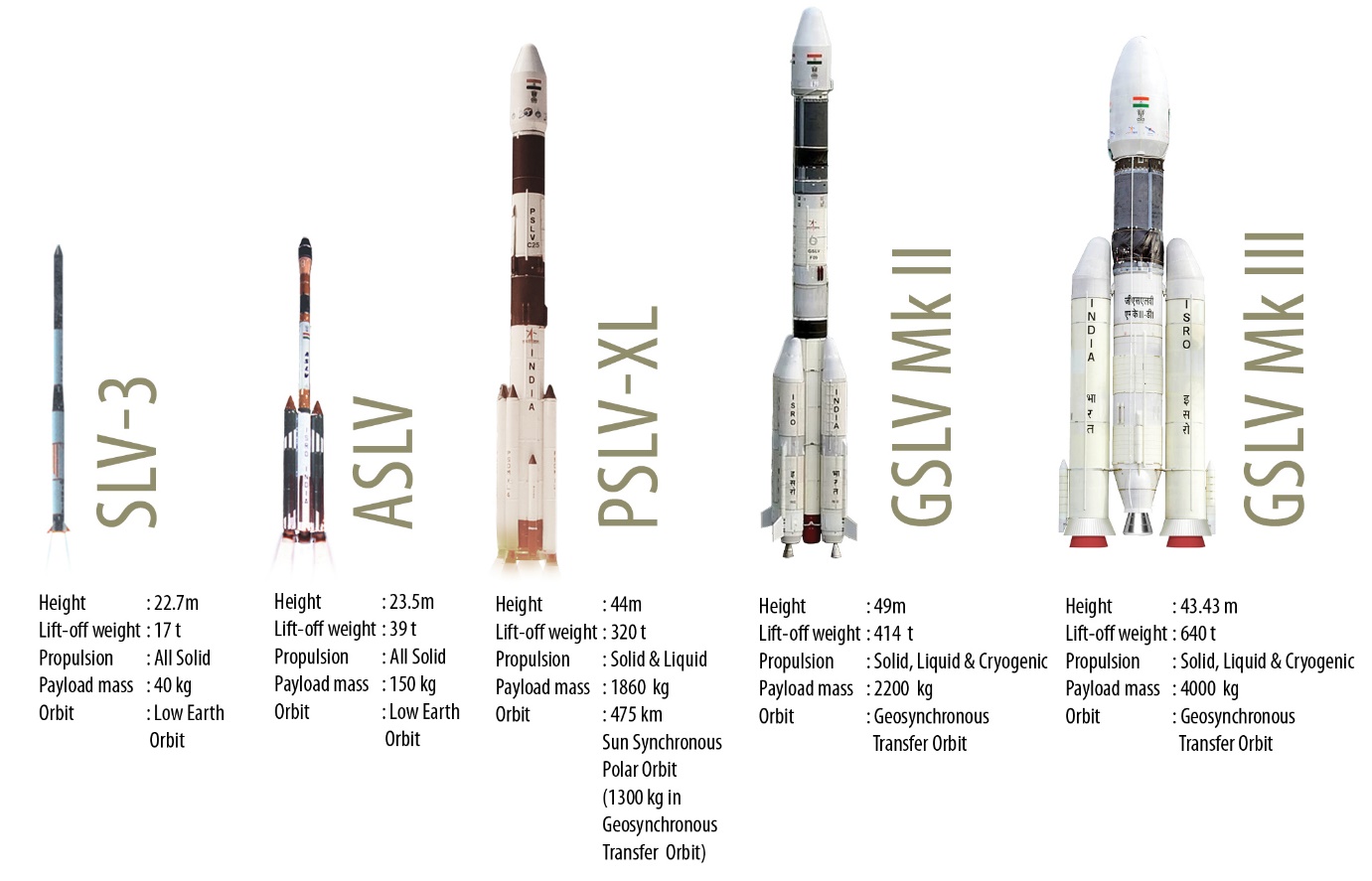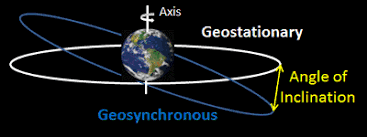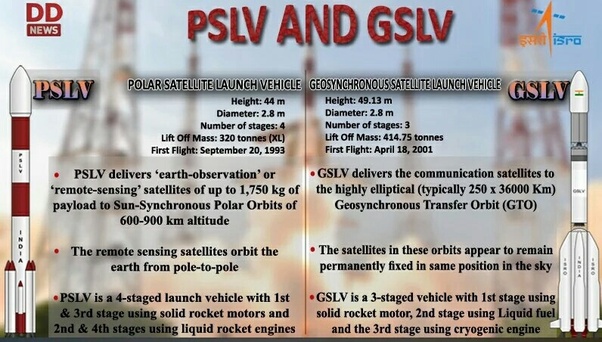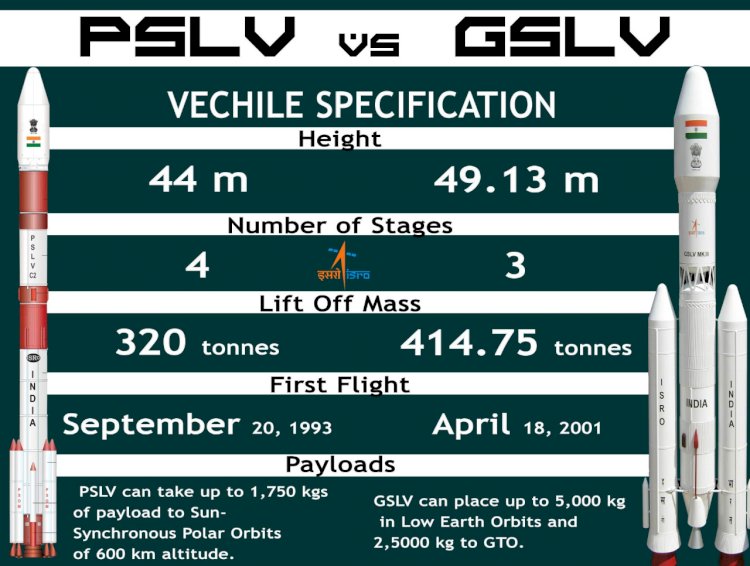Current Affairs Quiz 23 February 2023
Quiz-summary
0 of 5 questions completed
Questions:
- 1
- 2
- 3
- 4
- 5
Information
Current Affairs Quiz 23 February 2023 for UPSC Prelims
You have already completed the quiz before. Hence you can not start it again.
Quiz is loading...
You must sign in or sign up to start the quiz.
You have to finish following quiz, to start this quiz:
Results
0 of 5 questions answered correctly
Your time:
Time has elapsed
You have reached 0 of 0 points, (0)
Categories
- Not categorized 0%
- 1
- 2
- 3
- 4
- 5
- Answered
- Review
- Question 1 of 5
1. Question
Which of the following statements are incorrect about GSLV Mk III?
1. The GSLV Mk III is conceived and designed to make ISRO fully self reliant in launching heavier communication satellites.
2. The vehicle is capable of multi-mission launch capability for GTO, LEO, Polar and intermediate circular orbits.
3. It will have 4 stages starting from solid propellant in first to re-startable liquid stage to cryogenic in third.
CorrectAns;- c) Only 3
Explanation;-
• As question asked to choose incorrect statement , Statement 1 and 2 are correct, 3rd statement it is 3 stage vehicle.
• The Geosynchronous Satellite Launch Vehicle Mark III, also referred to as the Launch Vehicle Mark 3, is a three-stage medium-lift launch vehicle developed by the Indian Space Research Organisation.
• The GSLV Mk -III has higher thrust than the Polar Satellite Launch Vehicle (PSLV), the most successful launch vehicle of ISRO.
• The objective of developing GSLV Mk III are listed below.
a. To launch heavier communication satellites
b. To launch heavier multi-purpose satellites
c. Future Interplanetary exploration
d. To launch future crewed missions i.e. to carry humans to space. Incorrect
IncorrectAns;- c) Only 3
Explanation;-
• As question asked to choose incorrect statement , Statement 1 and 2 are correct, 3rd statement it is 3 stage vehicle.
• The Geosynchronous Satellite Launch Vehicle Mark III, also referred to as the Launch Vehicle Mark 3, is a three-stage medium-lift launch vehicle developed by the Indian Space Research Organisation.
• The GSLV Mk -III has higher thrust than the Polar Satellite Launch Vehicle (PSLV), the most successful launch vehicle of ISRO.
• The objective of developing GSLV Mk III are listed below.
a. To launch heavier communication satellites
b. To launch heavier multi-purpose satellites
c. Future Interplanetary exploration
d. To launch future crewed missions i.e. to carry humans to space.
- Question 2 of 5
2. Question
The Satellites used for telecommunication relay are kept in a geostationary orbit. A satellite is said to be in such an orbit when
1. The orbit is geosynchronous.
2. The orbit is circular.
3. The orbit lies in the plane of the Earth’s equator.
4. The orbit is at an altitude of 22,236 km.
Select the in correct answer using the codes given belowCorrectAns;- c) Only 4
Explanation;-
• As question asked to choose incorrect statement i.e Only 4 and remaining are correct.
• A geostationary orbit, also referred to as a geosynchronous equatorial orbit, is a circular geosynchronous orbit 35,786 kilometres above Earth’s equator and following the direction of Earth’s rotation.
• The orbit lies in the plane of the Earth’s equator.• An object in such an orbit has an orbital period equal to earth’s rotational period and thus appears motionless.
 Incorrect
IncorrectAns;- c) Only 4
Explanation;-
• As question asked to choose incorrect statement i.e Only 4 and remaining are correct.
• A geostationary orbit, also referred to as a geosynchronous equatorial orbit, is a circular geosynchronous orbit 35,786 kilometres above Earth’s equator and following the direction of Earth’s rotation.
• The orbit lies in the plane of the Earth’s equator.• An object in such an orbit has an orbital period equal to earth’s rotational period and thus appears motionless.

- Question 3 of 5
3. Question
Which of the following statements are incorrect regarding PSLV satellites?
1. The PSLV is called work horse of ISRO
2. The PSLV is a 3 stage launch vehicle
3. The Polar Satellite Launch Vehicle (PSLV) is the second generation launch vehicle of India.CorrectAns;- b) Only 2 and 3
Explanation;-
• As question asked to choose incorrect i.e. statement 2 and 3 because it is a 4 stage vehicle and it is third generation vehicle of india.
• The Polar Satellite Launch Vehicle (PSLV) is the third generation launch vehicle of India. It is the first Indian launch vehicle to be equipped with liquid stages.
• After its first successful launch in October 1994, PSLV emerged as the reliable and versatile workhorse launch vehicle of India with 39 consecutively successful missions by June 2017.
• During 1994-2017 period, the vehicle has launched 48 Indian satellites and 209 satellites for customers from abroad.
• Besides, the vehicle successfully launched two spacecraft Chandrayaan-1 in 2008 and Mars Orbiter Spacecraft in 2013 that later traveled to Moon and Mars respectively
 Incorrect
IncorrectAns;- b) Only 2 and 3
Explanation;-
• As question asked to choose incorrect i.e. statement 2 and 3 because it is a 4 stage vehicle and it is third generation vehicle of india.
• The Polar Satellite Launch Vehicle (PSLV) is the third generation launch vehicle of India. It is the first Indian launch vehicle to be equipped with liquid stages.
• After its first successful launch in October 1994, PSLV emerged as the reliable and versatile workhorse launch vehicle of India with 39 consecutively successful missions by June 2017.
• During 1994-2017 period, the vehicle has launched 48 Indian satellites and 209 satellites for customers from abroad.
• Besides, the vehicle successfully launched two spacecraft Chandrayaan-1 in 2008 and Mars Orbiter Spacecraft in 2013 that later traveled to Moon and Mars respectively

- Question 4 of 5
4. Question
Which of the following statements are incorrect regarding GSLV satellites?
1. The GSLV satellite is used for observation purpose
2. The GSLV is a 2 stage launch vehicle
3. The Geosynchronous Satellite Launch Vehicle (GSLV) is the third generation launch vehicle of India.CorrectAns;- d) All of the above
Explanation;-
• All the staements are incorrect
• The Geosynchronous Satellite Launch Vehicle is an expendable launch system operated by the Indian Space Research Organisation. GSLV was used in thirteen launches from 2001 to 2018, with more launches planned. Even though GSLV Mark III shares the name, it is an entirely different launch vehicle.
• The GSLV satellite is used for communication satellite.
• The GSLV is a 3 stage vehicle
• The Geosynchronous Satellite Launch Vehicle (GSLV) is the fourth generation launch vehicle of India.
 Incorrect
IncorrectAns;- d) All of the above
Explanation;-
• All the staements are incorrect
• The Geosynchronous Satellite Launch Vehicle is an expendable launch system operated by the Indian Space Research Organisation. GSLV was used in thirteen launches from 2001 to 2018, with more launches planned. Even though GSLV Mark III shares the name, it is an entirely different launch vehicle.
• The GSLV satellite is used for communication satellite.
• The GSLV is a 3 stage vehicle
• The Geosynchronous Satellite Launch Vehicle (GSLV) is the fourth generation launch vehicle of India.

- Question 5 of 5
5. Question
With reference to ‘Astrosat’, the astronomical observatory launched by India, which of the following statements is/are correct?
1. Other than the USA and Russia, India is the only country to have launched a similar observatory into space.
2. Astrosat is a 2000kg satellite placed in an orbit at 1650km above the surface of the Earth.Select the correct answer using the code given below:
CorrectAns;- d) Neither 1 nor 2
Explanation;-
• Both the staement are incorrect
• The Astrosat is India’s first dedicated multi-wavelength space telescope.
• It was launched on a PSLV-XL on 28 September 2015.
• With the success of this satellite, ISRO has proposed launching AstroSat-2 as a successor for Astrosat.• The Indian observatory will be 4th in space after USA, Russia and Japan.
IncorrectAns;- d) Neither 1 nor 2
Explanation;-
• Both the staement are incorrect
• The Astrosat is India’s first dedicated multi-wavelength space telescope.
• It was launched on a PSLV-XL on 28 September 2015.
• With the success of this satellite, ISRO has proposed launching AstroSat-2 as a successor for Astrosat.• The Indian observatory will be 4th in space after USA, Russia and Japan.







